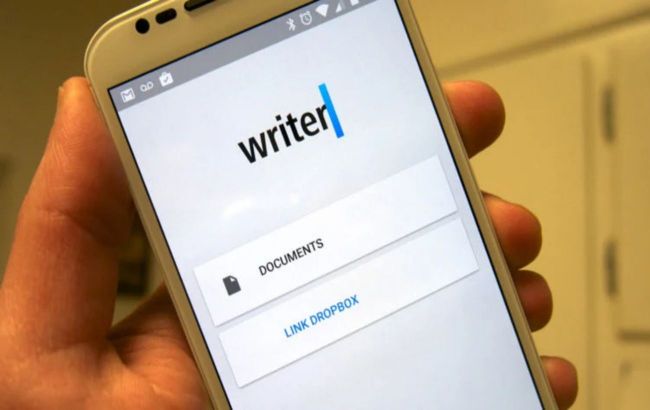Text editor masters 'separation' of human and AI-content
 The text editor will highlight the creations of people and machines in different colors (photo: Getty Images)
The text editor will highlight the creations of people and machines in different colors (photo: Getty Images)
The latest iteration of the versatile text editor, iA Writer 7, brings forth the innovative Authorship feature. This functionality enables users to annotate text created by generative artificial intelligence systems, including ChatGPT, informs the well-regarded American website dedicated to computer equipment and gadgets, The Verge.
The user's input is depicted in black, while AI-generated fragments can be highlighted in gray as needed. This serves the purpose of aiding the author in distinguishing between the original work and content generated by AI during the editing process.
This approach addresses concerns about artificial intelligence potentially acting as a "ghostwriter," overshadowing the human voice. The new feature relegates AI to a "dialogue partner," aimed at fostering improved thinking and writing skills.
How it operates
The Authorship function isn't entirely automated. When copying both a question to the AI and its corresponding response from the dialogue interface, the AI-generated answer will be inserted in gray without the need for additional commands. However, if only the response is being copied, users will need to select the appropriate option from the drop-down submenu.
“It’s up to you to decide how honest you want to be with yourself,” iA’s developers explain.
In simpler terms, the purpose is not to identify plagiarism or mandate the labeling of AI-generated content. Instead, it serves as a tool for creative professionals, enabling them to discern between their own writing and that generated by AI.
The Autorship feature is currently accessible in applications for macOS, iOS, and iPadOS, with plans for future integration into versions for Windows and Android.
Notably, the creators of iA Writer have published the function's specification on GitHub, encouraging integration by developers of other programs, with the aim of establishing a potential new standard.

